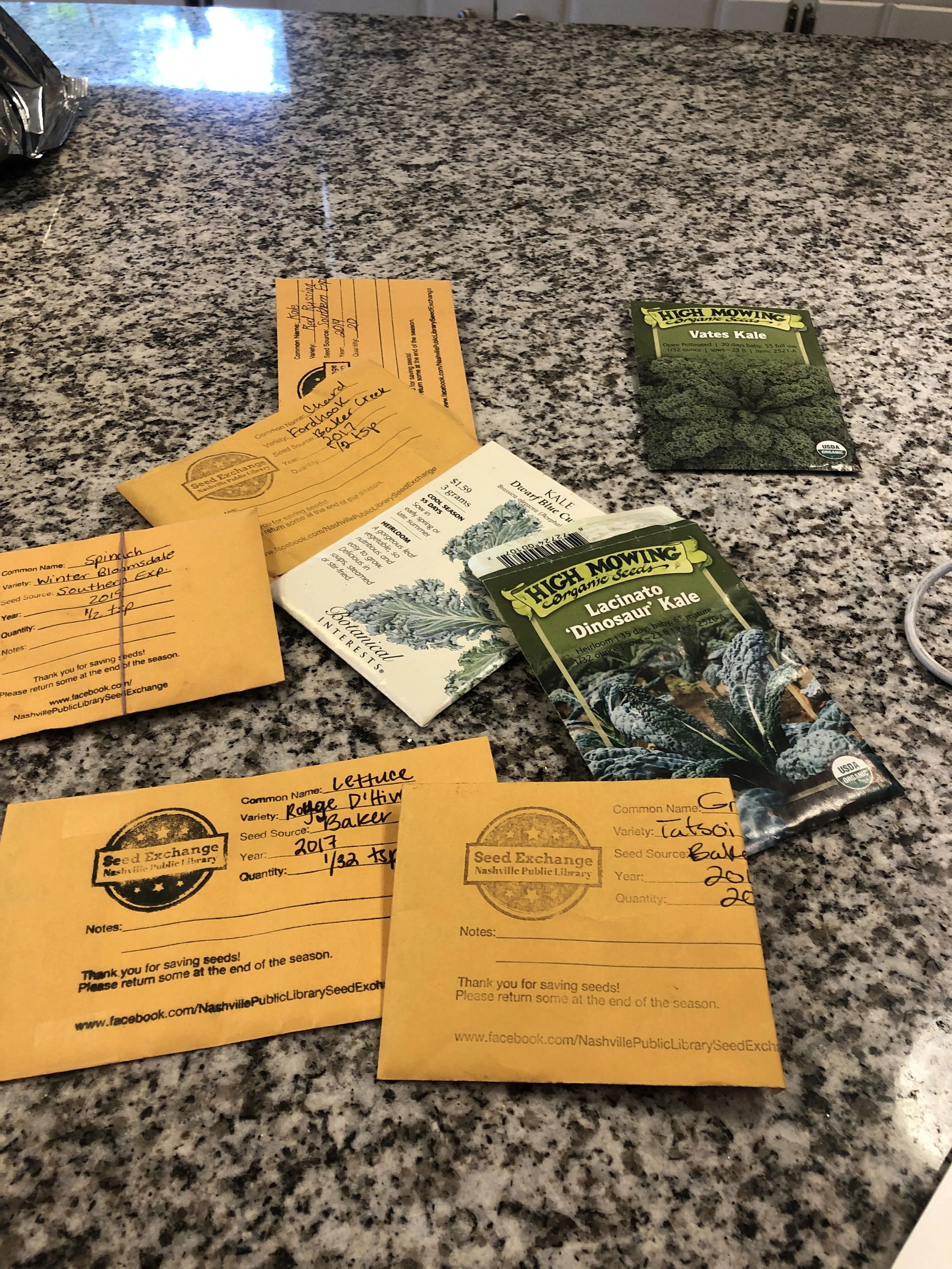Your August Reset Button: Starting Fresh with a Fall Garden
By the time August rolls around, the summer garden reflects those dwindling days of summer when the kids have just been home too long— everyone’s a little wilted, unruly, and generally needs to snap into shape.
And now, deep breath Moms, as your kiddos head out the door with fresh sneakers and a new ‘do, your garden gets a “back to school” makeover, too. The sharpened pencils and fresh notebooks? That’s our compost and fall seedlings. The clean slate? That’s your freshly cleared beds. And just like a new school year, fall planting is a chance to reset, re-energize, and start fresh with new goals.
The air is about to get cooler, the pests will start to ease up, and the crops you plant now will reward you with crisp greens, tender roots, and fresh herbs well into winter.
Step 1: Clear the Decks
If a plant is producing poorly, looks sickly, or is crawling with pests, it’s not worth the real estate anymore. Pull it out and compost it (unless it’s diseased — in that case, toss it in the trash).
Common August culprits:
Tomatoes with advanced blight
Cucumber vines with bacterial wilt or powdery mildew
Squash plants past their prime
You know, it’s like tossing the stinky lunchbox with last year’s SpaghettiOs. You’re tossing what’s broken and making room for the fresh start.
Step 2: Refresh Your Soil
Summer crops are called “heavy feeders” — they require a lot of nutrients. After months of growth, your soil is ready for a boost. Here’s how to get your beds back in shape:
Add 1–2 inches of compost on top of the soil.
Mix in a balanced organic fertilizer like GardenTone from Espoma to replenish nutrients.
Water deeply to help amendments settle in before planting.
Step 3: Plant with Purpose (and a Shorter Calendar)
Fall planting is a race against the first frost, which usually arrives in late October for Middle Tennessee. That means now is the time to choose crops with shorter maturity dates so you can harvest before the cold sets in. Days are also getting shorter, so we need to plant fall crops in early September so that they have enough time to gain size before the winter darkness creeps in.
Great options to plant in late August:
Leafy greens: lettuce, arugula, kale, spinach, mustard greens
Roots: radishes, turnips, beets, carrots
Herbs: cilantro, dill, parsley
Want to experiment? Try varieties you skipped in spring — red mustard for a spicy salad mix, rainbow carrots for color, or an heirloom kale you’ve never grown before. This is the same kind of thrill that I experience on the yearly August Target School Supply trip — anyone else remember Trapper Keepers and Jelly pens?
Step 4: Enjoy the Shift
Fall gardening has a completely different energy. The days are shorter, the sun is gentler, and the daily watering routine becomes less demanding. Pests slow down. The colors in the garden change. We savor the sun when it’s not unbearably hot.
August is not a slow fade into the off-season — it’s a fresh start. Pull what’s tired, feed what’s hungry, and plant with intention. Just like the first day of school, my friends, a fall garden is fresh and full of possibility.



